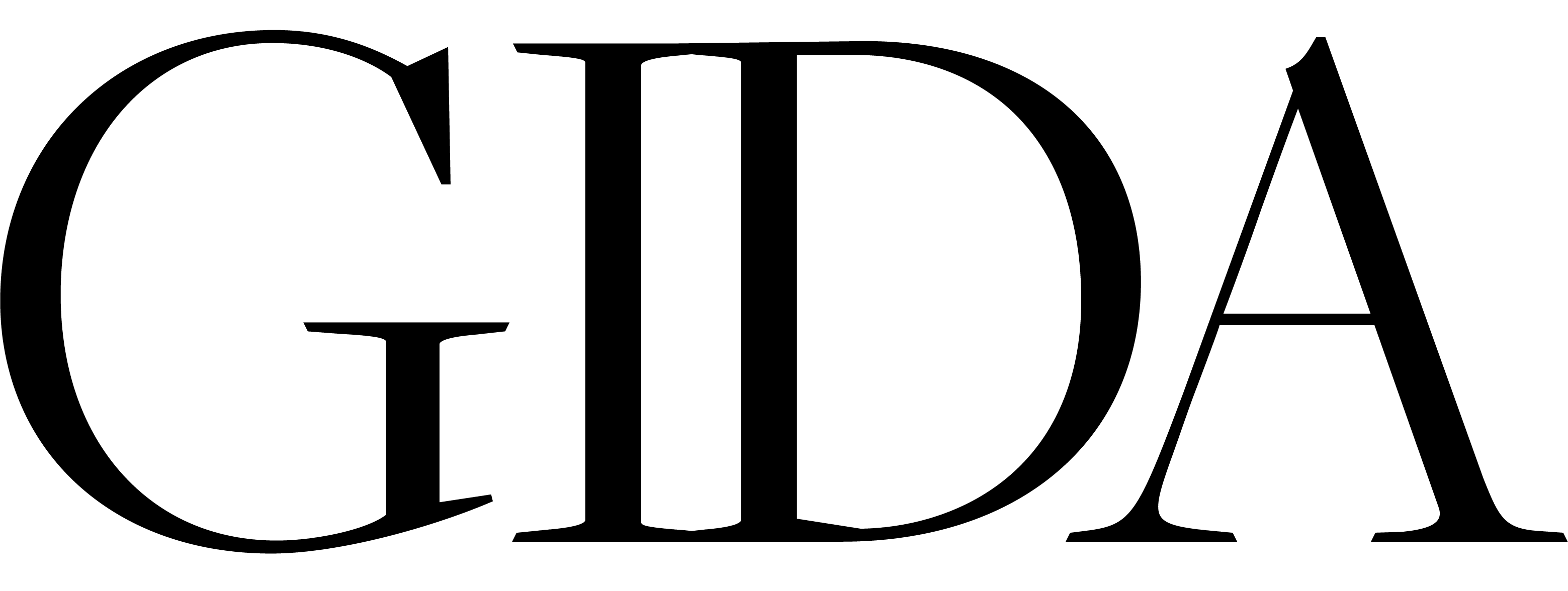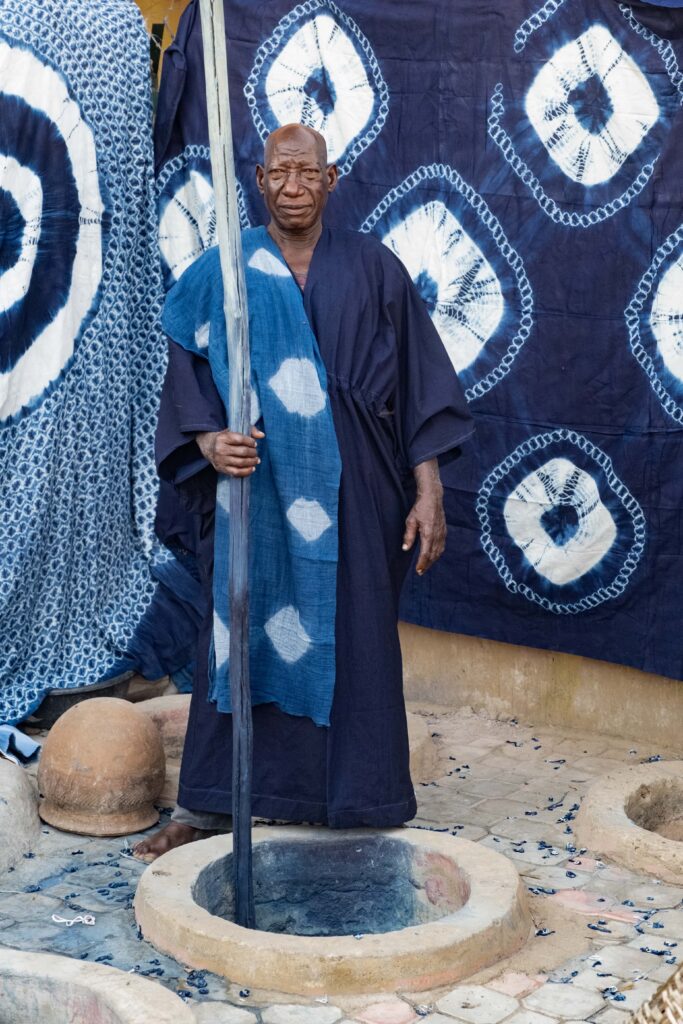
Photography by Obàyomí Anthony Ayòdélé
Styling by Momo Hassan-Odukale
Writing by Bayo Hassan Bello
April 2022 | GIDA Journal Vol. I
“This Is Us literally means this is who we are. Beyond the products, beyond the materials, beyond everything, this is our lives. The lives of Nigerians, Nigerian creatives making a life here and now. The content on our Instagram embodies the life we’re living today as we explore and create. Our mantra captures it, we celebrate what we have and we create what we do not have”.
100 Hours table mat, a yellow basket of snails and a Fan Ice tricycle are among the images one finds on a deep scroll on This Is Us’s Instagram feed. These images convey a feeling of familiarity as Nigerians and a sense of nostalgia of the Nigerian experience. I had a conversation with Oroma and Osi, founders of This Is Us, on what their brand represents and their journey towards sustainability.
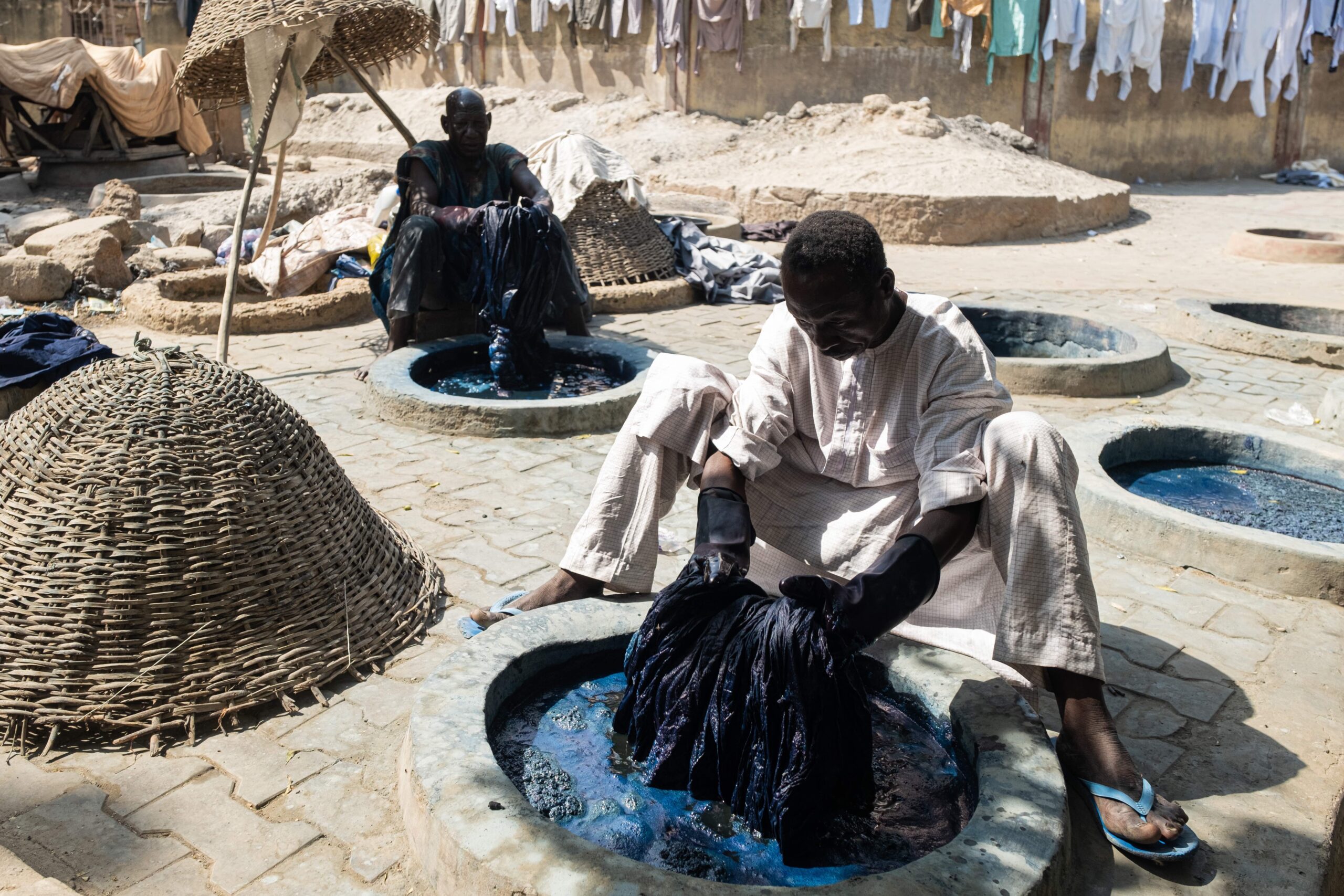
From early on, craftsmanship, context-based design and a dedication to sourcing locally – from materials and talent to processes – defined the ethos for This Is Us. Frustrated by the low quality of products and craftsmanship that Nigerians experience daily and wondering why there was a decline in the quality of products available to Nigerians relative to the quality of local materials available, the brand was born. This Is Us set out to explore the possibility of making high quality wholly Nigerian products for local and international consumers and to discover what resources were available to achieve this.
Their journey led them to the Funtua cotton textile mill in Katsina and Kofar Mata Dye pits in Kano where the brand's signature indigo dyed fabric is woven and hand dyed. The brand has been described as a modern embodiment of a domestic-oriented business model. Akin to their contributions to the creative economy; This Is Us confronts the precarious nature of indigenous knowledge and local artisanal practices in the contemporary era through a mindful process of empowerment and contemporisation.
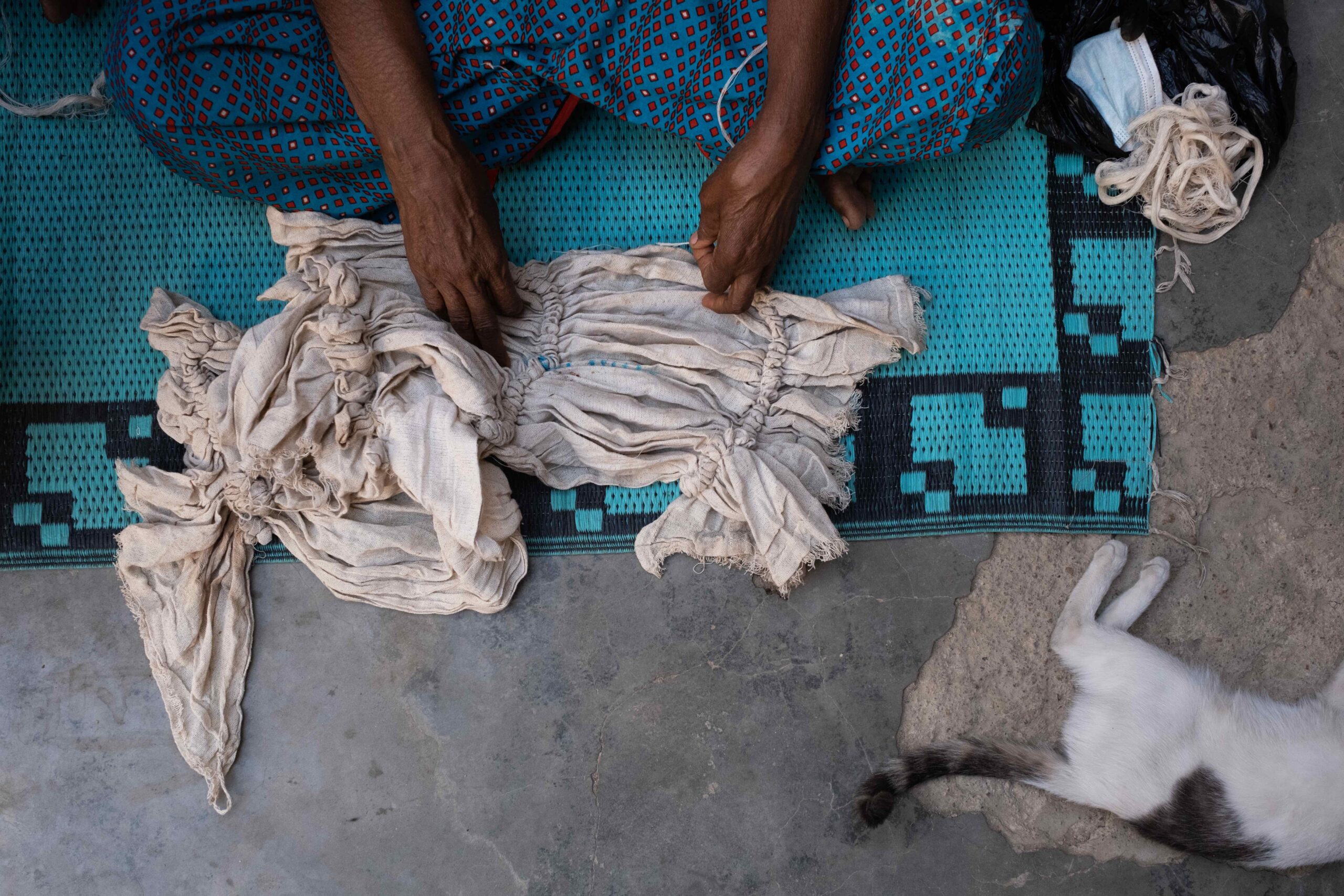

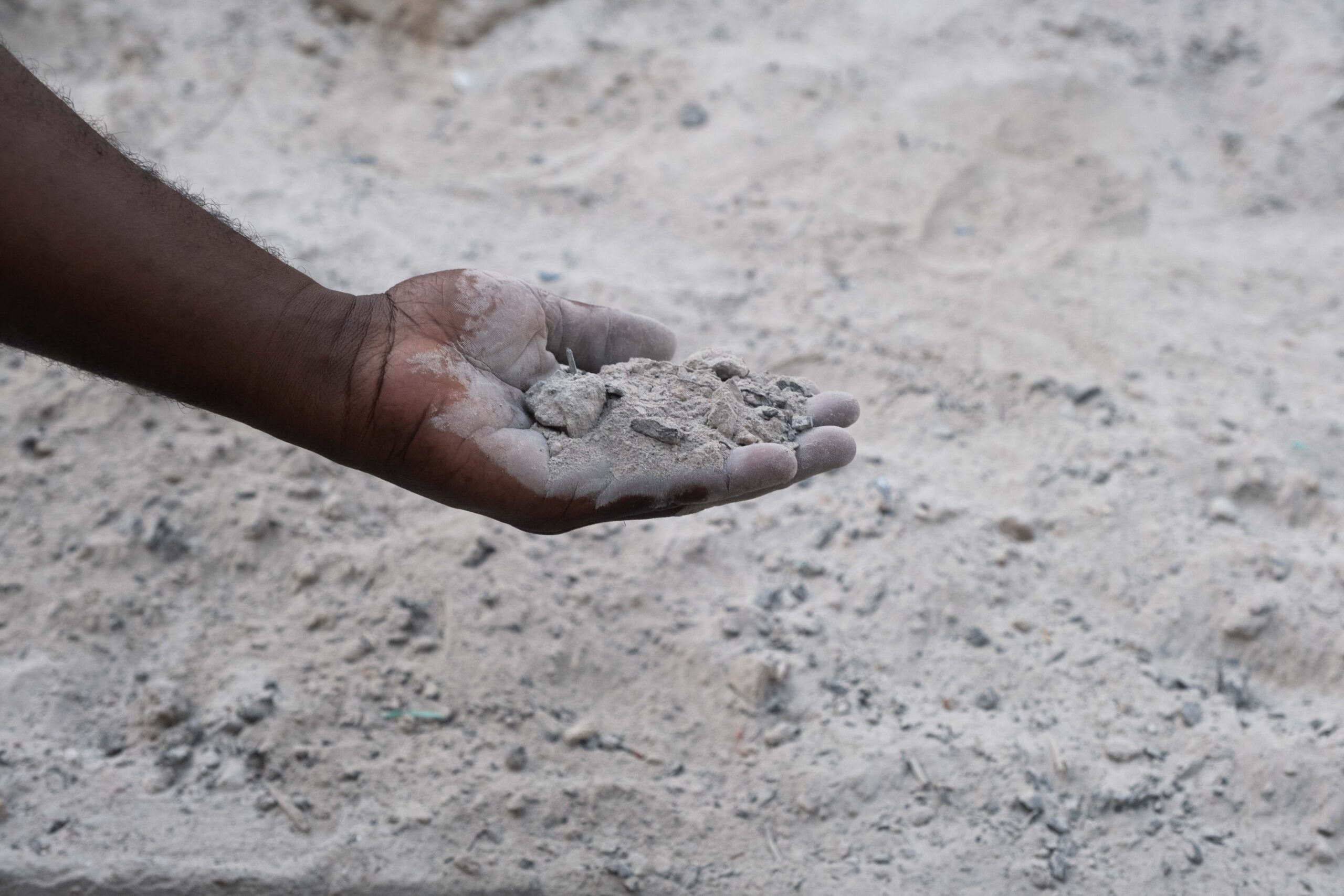

The relationship between This Is Us and the craftspeople in Kano centers reciprocal knowledge-sharing allowing the brand to continuously develop its ethos, practices and designs. By discovering new ways to use and create from local materials, the brand has harnessed age-old sustainability practices embedded within the value chain of the craftspeople they collaborate with. For instance, at the dyeing vats in Kofar Mata fresh indigo solutions made from all-natural ingredients are used for up to twelve months and dye residues (katsi) are repurposed for its medicinal qualities. The residues are mixed with fresh indigo plants (baba), wood ash and potash to create new vat solutions. The design of indigo dying is inherently circular, with zero waste featuring as an undercurrent.
Discovering processes like this at Kofar Mata made the brand not only more conscious about sustainability within their operations but also more intentional in their pursuit of it. Their commitment towards sustainability by ‘using local’ is strengthened by specific undertakings from This is Us, from the re-use of waste fabrics, patchwork design, fair wages, and their re-dye initiative. This Is Us now highlights sustainability as their guiding ethos for bringing attention to African practices as a model to emulate whilst the world reckons with the impact of centuries of unsustainable industrialization and design practices.
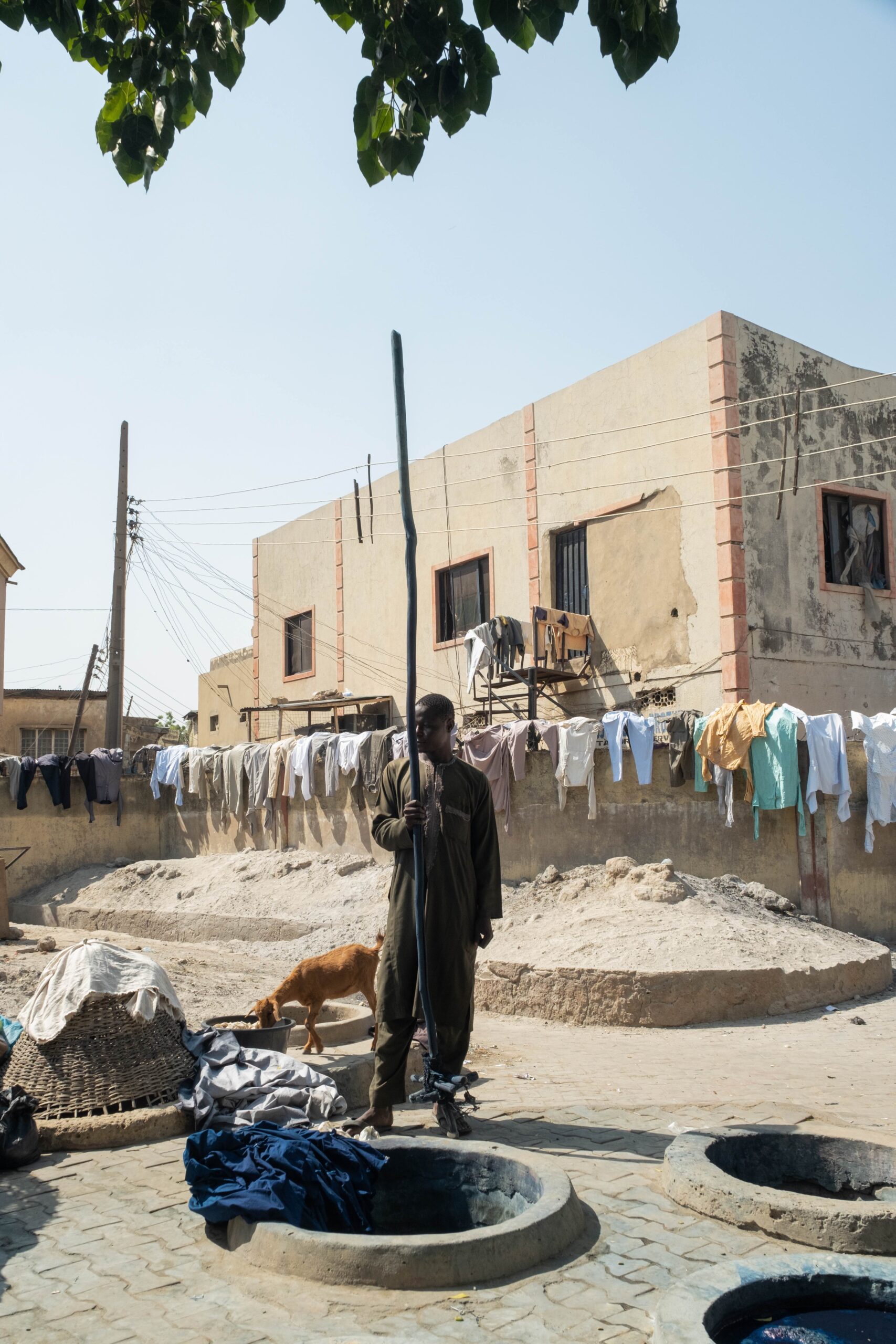

1. True Indigo (Indigofera tinctoria sensu Naves non L.).
Collected by A.P. van der Zon, 19 March 1970.
Smithsonian National Museum of Natural History CC0

2. True Indigo (Indigofera tinctoria sensu Naves non L.).
Collected by P. Houngnon, 20 April 2000.
Smithsonian National Museum of Natural History CC0

3. True Indigo (Indigofera tinctoria sensu Naves non L.).
Collected by Olaf Hagerup, 19 September 1927.
Smithsonian National Museum of Natural History CC0
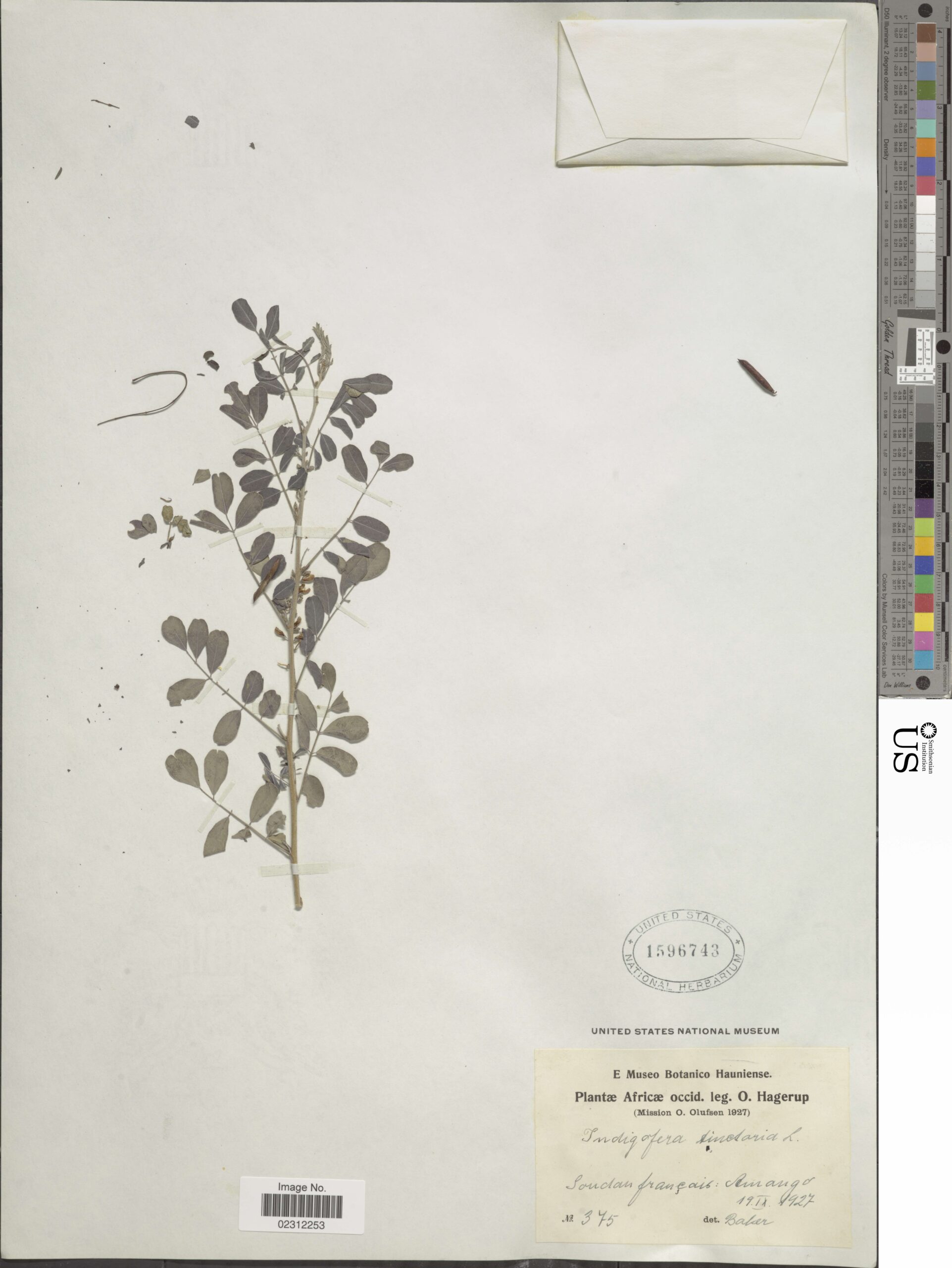
4. True Indigo (Indigofera tinctoria sensu Naves non L.).
Collected by Olaf Hagerup, 19 September 1927.
Smithsonian National Museum of Natural History CC0

Photograph by Gustaf Wilhelm Bolinder,
Indigo dyers in Kano, Nigeria, 1930-31.
Catalog Card. Museum of Ethnography, Sweden CC0.
That the brand has become the staple uniform wear and wardrobe essential for Lagosians if not all Nigerian creatives isn’t by chance, it speaks of the relationship the brand and its founders have established with fellow creatives. The brand continues to experiment with local cotton, dreaming up new ways to interpret the fabric in everyday life, and their clothes encourage us to stay curious about the possibilities for homegrown design in clay, wood, plastic and other materials derived or sourced in Nigeria.
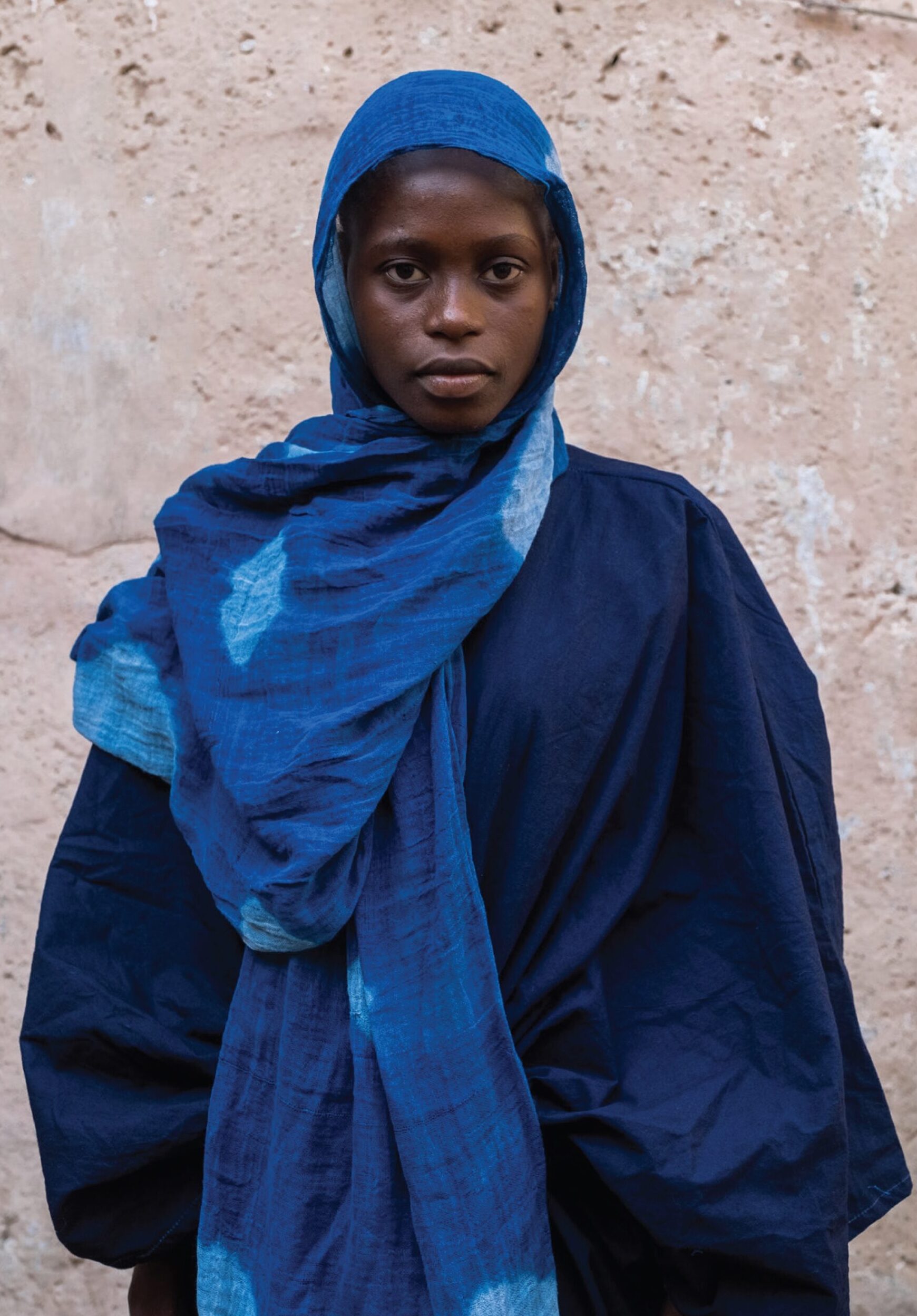
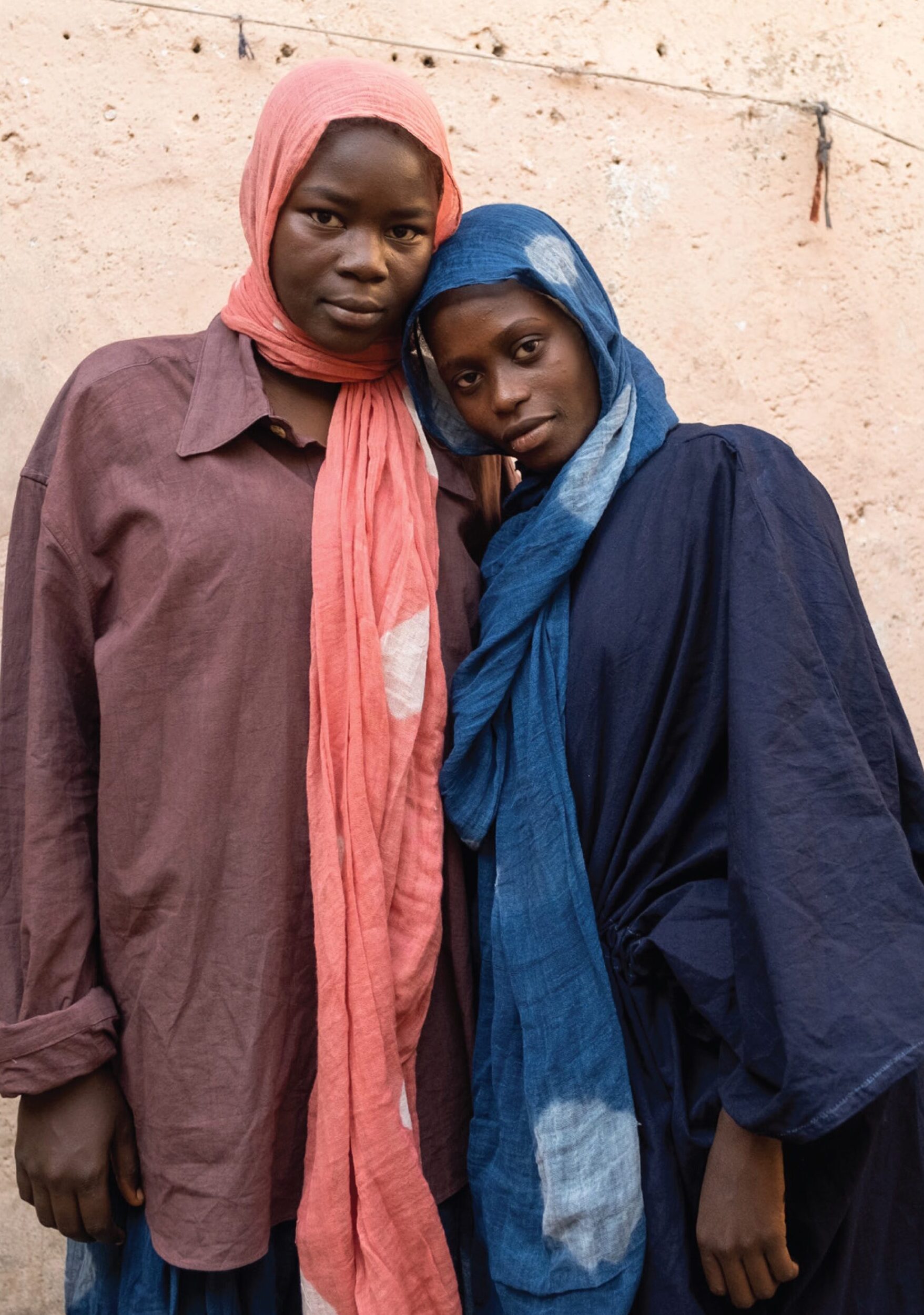
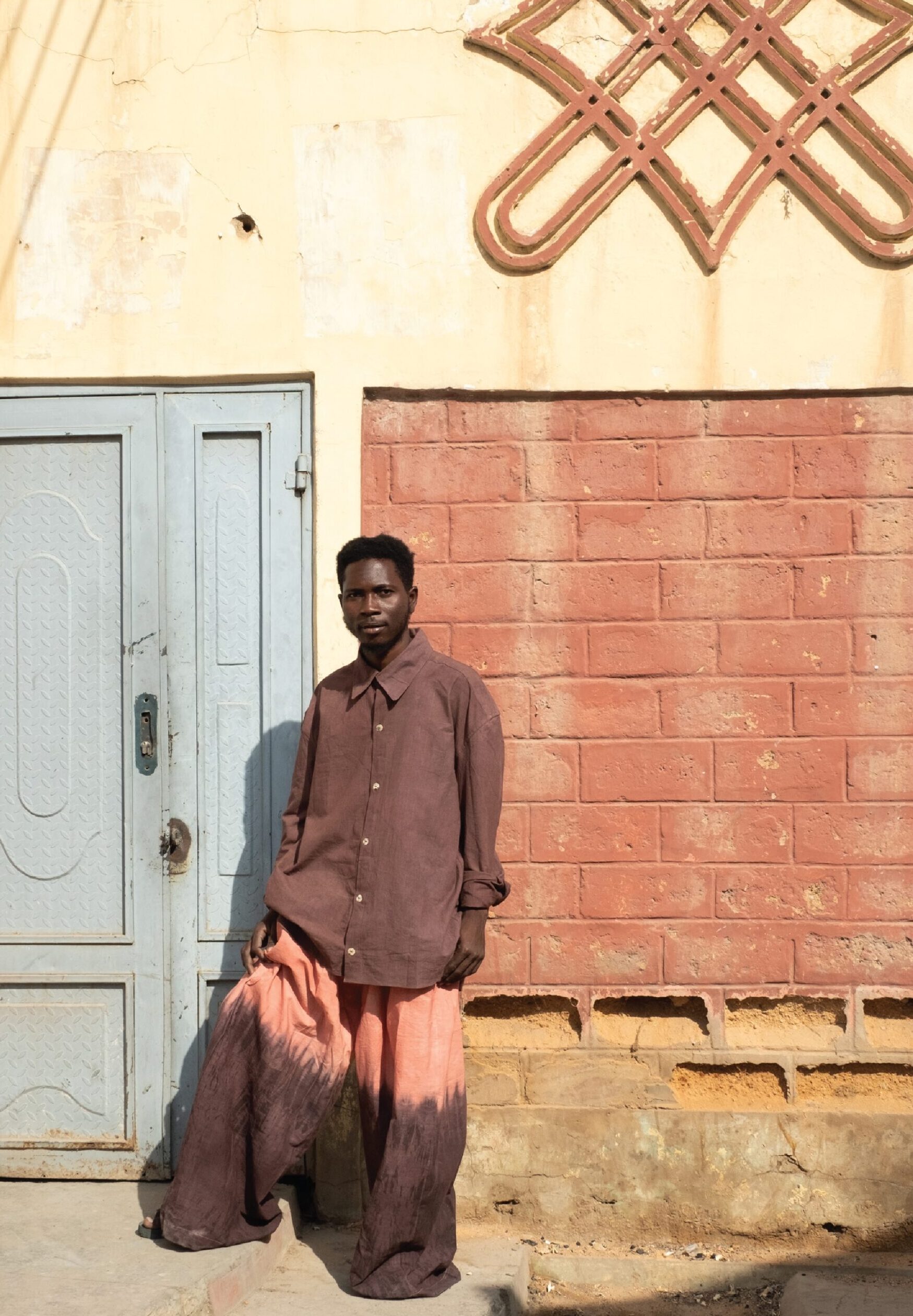
“A very collaborative spirit drives our brand. Our name captures it. We are more than just products. We are about the people who make those products and the people who use them. We are creatives so we intersect a lot with other creatives and we are constantly in dialogue with one another to make products that celebrate our crafts and heritage, this is on the design level. On the material level, we’re always working with our suppliers and craftspeople to improve their production techniques; thereby enhancing their overall production and delivery of high quality materials”.
Bayo Hassan Bello is a research-based artist, writer and curator.
Oroma Cookey-Gam Itegoboje is a mom, designer and co-founder of This Is Us.
Osione Itegboje is a graphic designer and co-founder of This Is Us.
Funtua textile mill, a cotton textile mill that has existed since Nigeria’s cotton industry boom in the 1970s and boasts 90 percent local staff working under slow but deliberate conditions.
Kofar Mata, is a centuries old-dye pits in Kano, Nigeria. It has been in existence since 1498.
100 Hours is a local restaurant open till the early hours of morning on Awolowo Road, Ikoyi Lagos. The restaurant is famed for their Amala (a local delicacy) and pepper soup stew.
Fan Ice is Nigeria’s longest serving ice-cream brand of over 50 years.
GIDA © 2024

